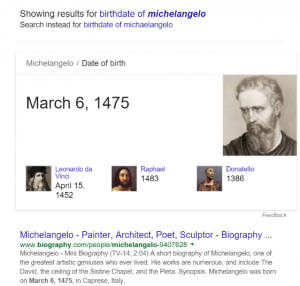Before the age of computers, we searched with physical collections and tools. Our content could be found in books, bound volumes, pleadings bibles, case and matter files (in their Redweld® expandable files and manila folders), and card catalogues.
These tools had many characteristics other than the documents themselves. Their size and width conveyed the number of items they contained. Many had a standard order. In a transaction closing binder, the size, and physical placement of the documents offered cues that serve as shortcuts to finding content without even looking at the table of contents. With repeated use, one can find an item in a file “just by opening to the page” – a result both of familiarity with the physicality of the collection and the cues it presents. We aided our navigation with clips and later with Post-it® notes.
The physical containers and collections put search in context. Searching for an item in a case or matter file helps the searcher stay focused on the context. Each of the folders declares its own context, and reflects a human filing decision that assists the searcher. Books convey their source and authority by their author and publisher. A closing binder declares that its contents are the final and executed documents for a transaction.
Additional physical cues could be found in the documents themselves. Letterhead, memo formats, copies of documents from outside the firm have distinctive paper and other physical variations that help can help the searcher sort among the contents of a file, and remind the searcher about source, veracity and authority of the item.
Compared to physical files, our online search tools achieve gains and suffer losses. We gain full text search. We can search among multiple collections without having to retrieve a physically daunting set of materials. We gain in immediacy, and, especially in availability no matter how many must search the same content simultaneously. The file is not hidden or lost in another lawyer’s office.
Too often, though, we lose context and cues. When we start a search from the search boxes in Google and its descendants and imitators, we lose the opportunity to select immediately a context that focuses and adds meaning to a search. Displays of content lack the physical cues we used consciously and unconsciously. Sometimes we have too many and meaningless cues.
We can improve online search experience by emphasizing how to see context and cues, and how to use online search capabilities that complement or replace the techniques we mastered with physical documents, binders and indexes.
My focus here is on contexts we need when we search to find information, not contexts that are imposed on us by the tools we use, especially when they are created by marketing tools.
A searcher who seeks a product on Amazon.com or Google Shopping can employ contexts. The contexts are presented as facets and filters highly targeted to the results of the search, including price, size, product features and related products. Wikipedia also offers a variety of tools and links that focus on contexts. General purpose Google and Bing do not (yet) offer only limited context search tools, such as time, and Amazon does not (yet) offer general search.
Enterprise search tools, such as Recommind’s Decisiv Search and Northern Light’s search tools do offer faceted and context based results. Thinking back, Northern Light did so before Google arrived in public search tools. It is now a premium tool for the enterprise.
